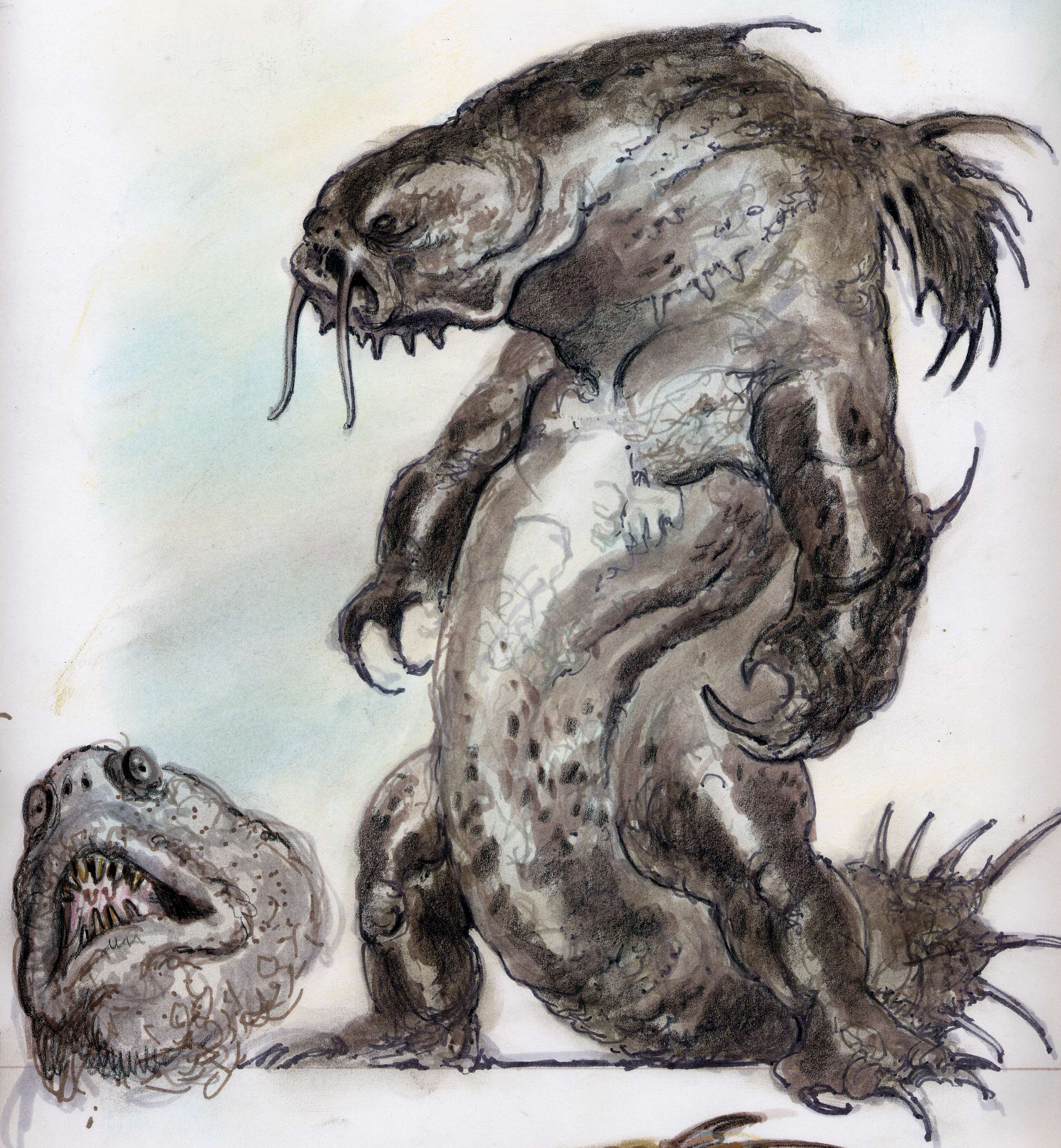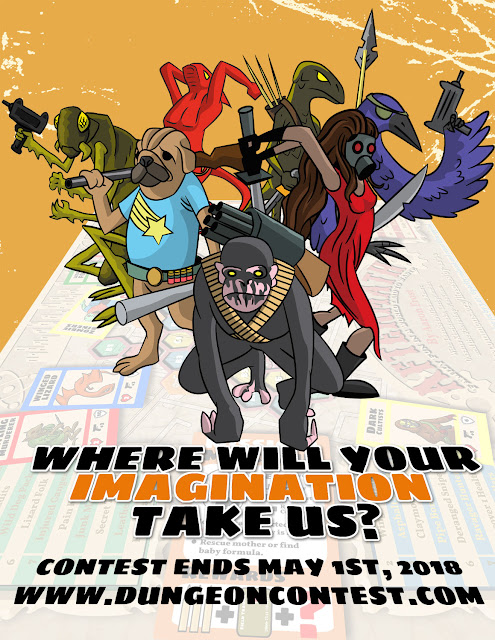The Index Card Role Playing Game’s death mechanic brings imminence and tension to the table in a brilliant blend of tangible time-keeping, dice rolling and unflinching commitment to the consequence of failure. Never have I seen players as genuinely invested in their character’s survival than in their first ICRPG experience.
The set-up was nothing special. The setting is Pugmire, a post-apocalyptic, post-human game about anthropomorphic dungeon-crawling dogs. The Good Boys (they named themselves) were in a giant ant hill, attempting to thwart an evil plot and save a stolen puppy. The first level contained a movement challenge (Dex check or spores) and one—ONE—enemy: a giant warrior ant.
The players didn’t appreciate how squishy they were nor how tough ICRPG enemies can be, and it wasn’t long before the Good Boys’ front-liners were down for the count. The remaining two—Tralfaz the Mysterious, a mage, and Ho Shih Tzu, a thief—were squishier yet; things were looking grim in the ant hill.
In ICRPG, death stalks you. Once your hit points are down to zero, you roll a d6. The die acts as a countdown timer; you have as many rounds as you rolled before your character dies. This is perma-death: they die for good and forever. However, in the intervening rounds, you have two ways to prevent their demise: get lucky or get saved.
Here’s the lucky way. On your turn for every round until death, you get to roll a d20. On a natural 20, you miraculously revive and pop back up with one hit point. This didn’t happen to the Good Boys. However, it did give the unconscious characters a die roll every time they had a turn and a timer to manage. This kept them engaged with high excitement, even though their characters could do absolutely nothing. Brilliant!
To be saved by another character, the character must get in touching range with you and perform a “Don’t die on me, man!” action. (Yep. That’s what it’s called.) Once in range, the player attempting the rescue makes a Wis roll. If successful, the dying character is stabilized, but unconscious. The knock-on effect of this is that downed characters introduce a new timer to the scene, and the conscious characters must choose their actions in an emotional, moral, time-pressured swirl. That generates excitement as well, and plenty of it.
ICRPG shines in these moments. The mechanic is dead simple. The dying character manages a timer and a die roll each turn. The other characters must race against time to save her, all the while contending with whatever horror is already in the room with them.
At our table, Ho Shih Tzu and Talfaz the Mysterious managed to stabilize their comrades and haul them out of the anthill with a judicious application of hero coins and supreme effort. It was one of the most genuinely tense, heroic moments I’ve seen at a gaming table. ICRPG looks simple, but I would call it elegant: it’s everything you need and nothing you don’t to have a rousing, memorable, truly engaging night.




